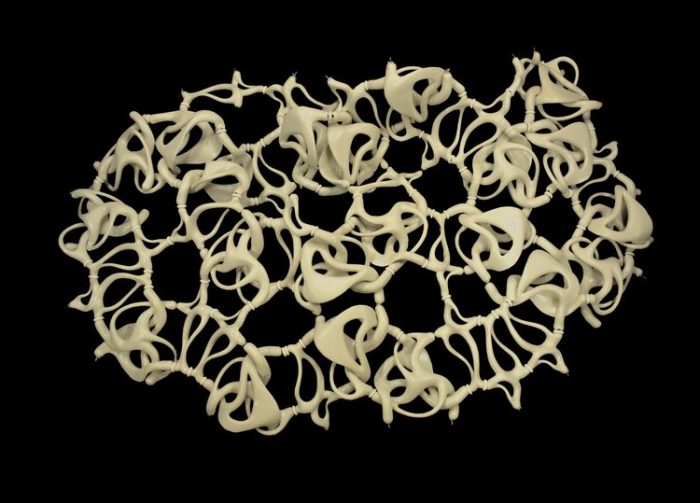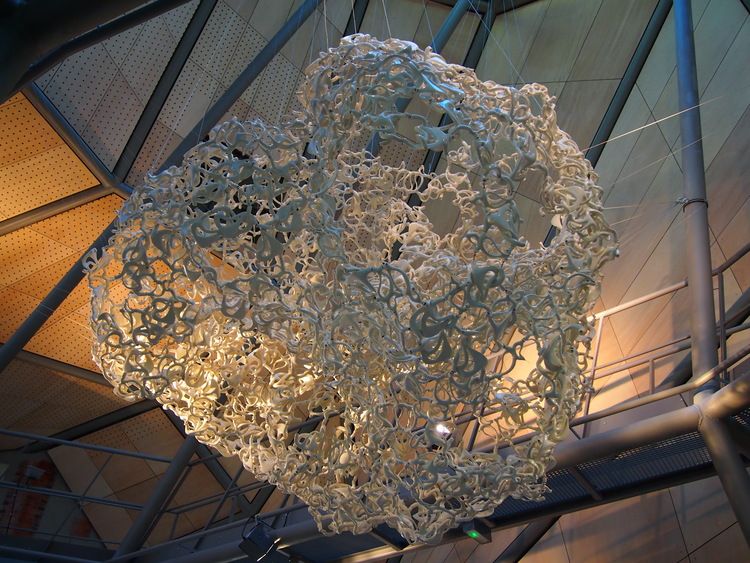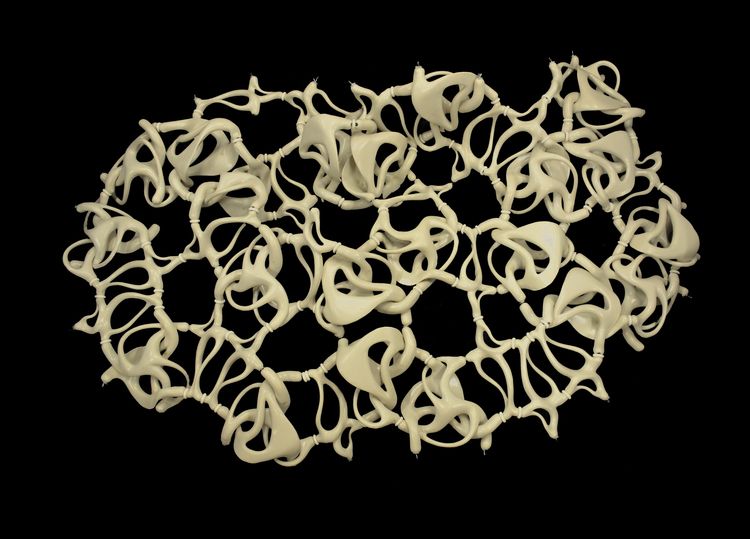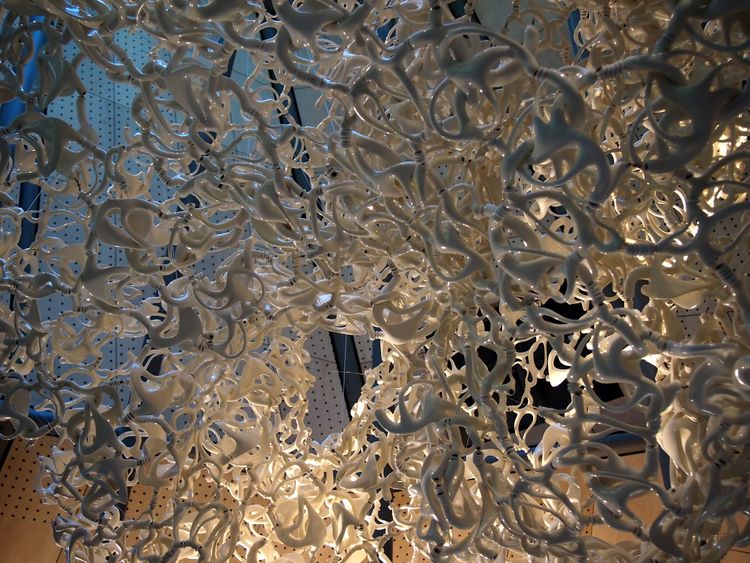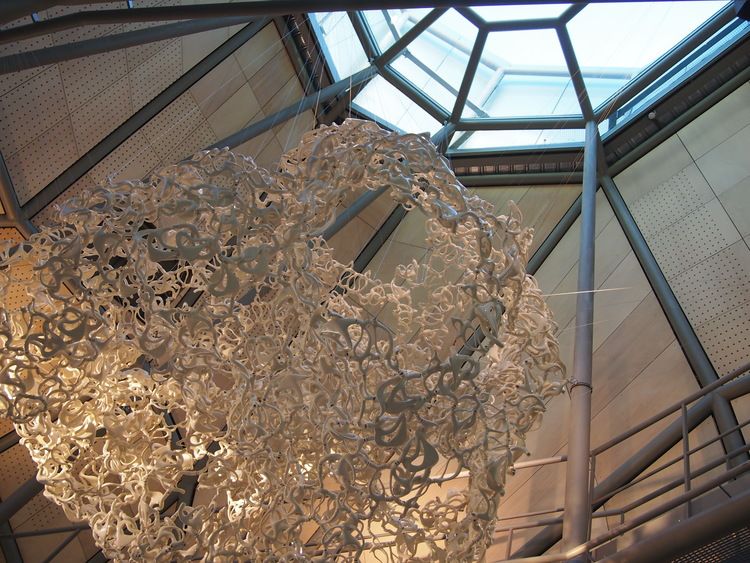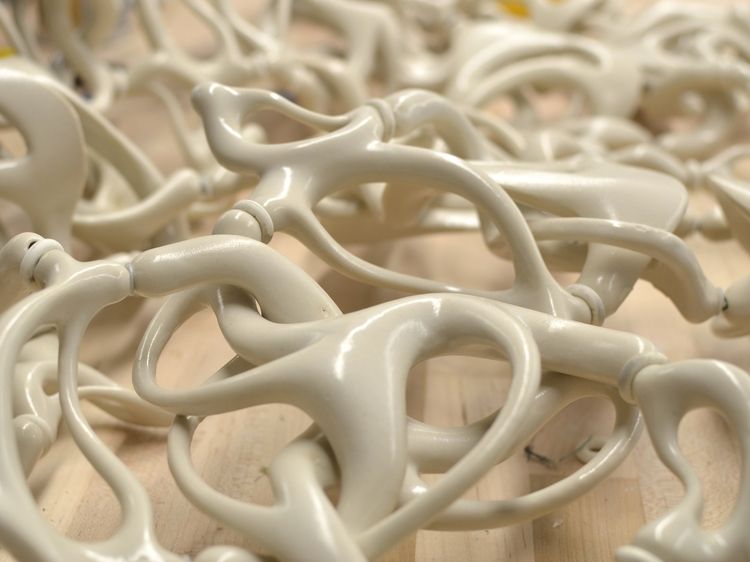PolyMorph: Digital Ceramics
Architecture, and indeed the world at large changes with every tick of the clock. These changes are characterized with discovery of new styles, improvements or fading away of old methods and styles, advancements in technology, innovations, etc.
All these changes are testaments to an architects journey through time. A journey marked by achievements and marred by flaws in our quest to enhance, modify, and shape spaces.
This journey has revealed that even toughest of building materials can either be replaced, modified, or washed away by the tough tides of the passing time. One of such materials that has journeyed through time with Architecture is Ceramics. History has it that Ceramics as discovered by archeologists, dates as far back as 24,000 BC in Czhechoslavia, in the form of artifacts, balls, figurines, and slabs.
Then, crude methods were used to produce these things: manually mixing the Ceramics with the remains of burnt bones and a material that looked like fine clay. After molding the ceramics, it was subjected to kilns with high temperature. “While it is not clear what these ceramics were used for, it is not thought to have been a utilitarian one. The first use of functional pottery vessels is thought to be in 9,000 BC. These vessels were most likely used to hold and store grain and other foods.
It is thought that ancient glass manufacture is closely related to pottery making, which flourished in Upper Egypt about 8,000 BC. While firing pottery, the presence of calcium oxide (CaO) containing sand combined with soda and the overheating of the pottery kiln may have resulted in a colored glaze on the ceramic pot. Experts believe that it was not until 1,500 BC that glass was produced independently of ceramics and fashioned into separate items. Since these ancient times, the technology and applications of ceramics (including glass) has steadily increased. We often take for granted the major role that ceramics have played in the progress of humankind. “
Time has not stopped ticking since, and the production of Ceramics has continued to dance to the enchanting rhythm of the changing times.
One of those “dance” is called Polymorph: Digital Ceramics by Jenny Sabine Studio. Polymorph is one of projects, which aims at “exploring digital fabrication of ceramic form.” Quoting Jenny E. Sabin verbatim, she says “my work investigates the intersection of architecture and science, and applies insights and theories from biology and mathematics to the design of material structures.”
According to an excerpt from Jenny Sabine, “This project showcases next steps in the integration of complex phenomena towards the design, production, and digital fabrication of ceramic form in the design arts and architecture. This work includes advances in digital technology, digital fabrication, advanced geometry, and material practices in arts, crafts, and design disciplines.”
Simply put, Polymorph makes it very simple to add complex features in ceramic building blocks. Polymorph represents Ceramics journey through time (i.e from the manual production, through the mechanical production, and now the digital production). Embedded in this journey is a thick lesson which is that much more can be done with what ever we have.
by: D’zyna Eni
Courtesy of Jenny Sabin Studio
Courtesy of Jenny Sabin Studio
Courtesy of Jenny Sabin StudioDIGITAL CAMERA
Courtesy of Jenny Sabin Studio
Courtesy of Jenny Sabin Studio


